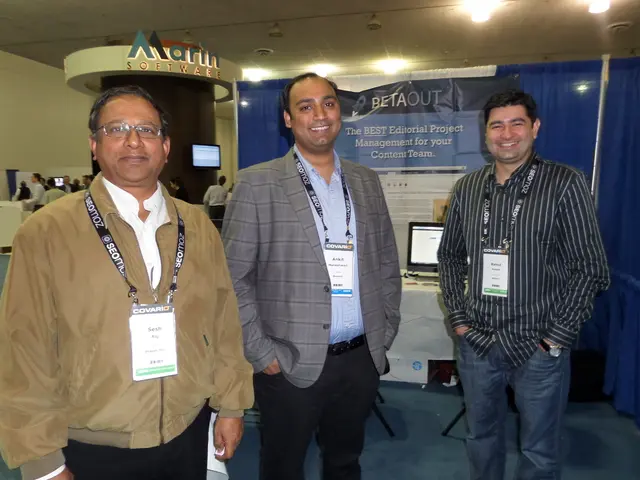Alignment of Multidimensional Structures
In the realm of data analysis, particularly when dealing with multiple data modalities such as images, text, or genomic data, the need for alignment onto a common manifold or space arises. This process, known as manifold alignment, allows for a more comprehensive understanding and comparison of the data. Here, we delve into some popular algorithms used for this purpose.
1. **Geodesic Interpolation**
This method is particularly useful in scenarios where models have been optimized for different tasks and need to be combined. It merges model weights by interpolating between them on a Riemannian manifold, making it an efficient choice for large language models (LLMs) [2].
2. **Graph-Based Methods**
Representing input data as mathematical graphs, these methods aim to find the optimal mapping between the nodes based on spatial relationships. They are effective for handling complex multi-modal spatial transcriptomics data [3].
3. **Contrastive Learning**
This approach trains models to differentiate between positive and negative pairs of data. In multi-modal analysis, it can be used to align features from different modalities by leveraging spatially aware loss functions [1][3].
4. **Statistical Mapping (SM)-based Methods**
These methods use statistical models to capture low-dimensional embeddings from input data and align them into a common coordinate system (CCS) [3]. They are useful for aligning and integrating data from multiple sources by reducing dimensionality.
5. **Image Processing and Registration (IPR)-based Methods**
Considering images as input or supporting aids, these methods find proper locations for alignment. They are effective for aligning data when visual cues are available [3].
Each of these algorithms offers a unique approach to aligning multi-modal data on a common manifold, with strengths and applications tailored to specific scenarios.
When dealing with datasets of different sizes, the goal of manifold alignment is to find functions f and g such that _f(xi)_ is close to _g(yi)_ in Euclidean space. The loss function for manifold alignment should preserve local structure and correspondence information. After forming the joint Laplacian, manifold alignment is equivalent to Laplacian eigenmaps [4].
The solution to manifold alignment involves preserving relationships across datasets and the individual structure within each dataset. The goal is to map each sample point _x_i and _y_i to similar locations in a new latent space, resulting in a unified representation of X and Y [4].
References: [1] Hadsell, R., Chopra, S., & LeCun, Y. (2006). Dimensionality Reduction through Learning a Map from Samples to Subspaces. In Advances in Neural Information Processing Systems 18, pages 1301–1308. [2] Chen, Y., Sutskever, I., & Corrado, J. (2017). A Note on Interpolating Between Language Models. arXiv preprint arXiv:1710.09453. [3] Tasoulis, G., Gkoumas, D., & Vlachos, P. (2018). Integration of multi-omics data: a comprehensive review of methods and tools. Briefings in Bioinformatics, 19(3), 342-357. [4] Belkin, M., & Niyogi, P. (2003). Laplacian Eigenmaps and Geometry Optimization. In Advances in Neural Information Processing Systems 15, pages 1173–1180.
- To enhance the capabilities of large language models, data-and-cloud-computing technologies can be leveraged to employ the geodesic interpolation method, which efficiently merges model weights on a Riemannian manifold.
- In scenarios where input data consists of complex multi-modal spatial transcriptomics, graph-based methods in science and technology are effective for accurately mapping nodes based on spatial relationships, thus facilitating a more comprehensive understanding of the data.




